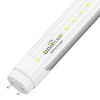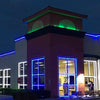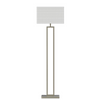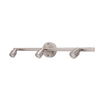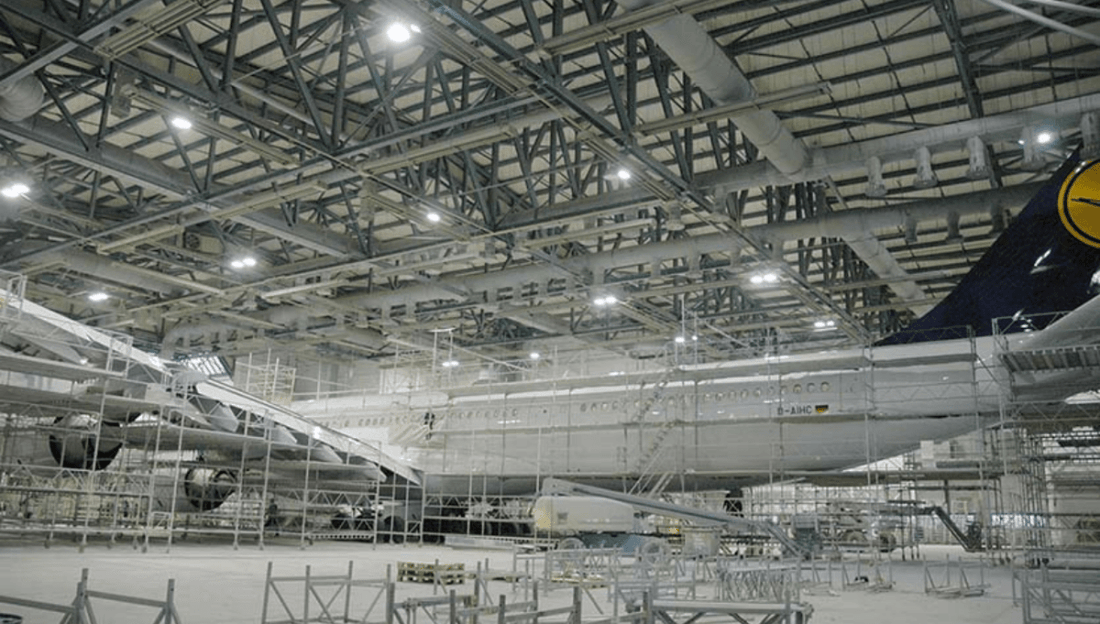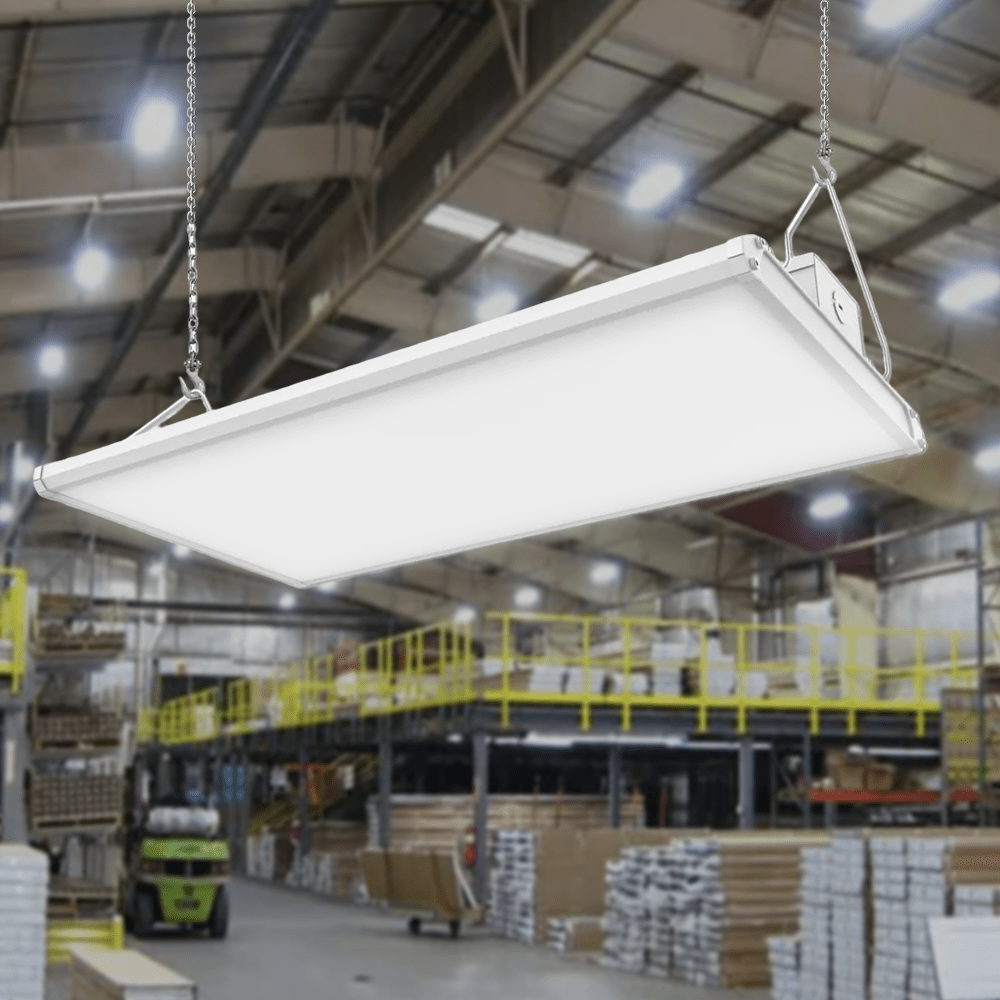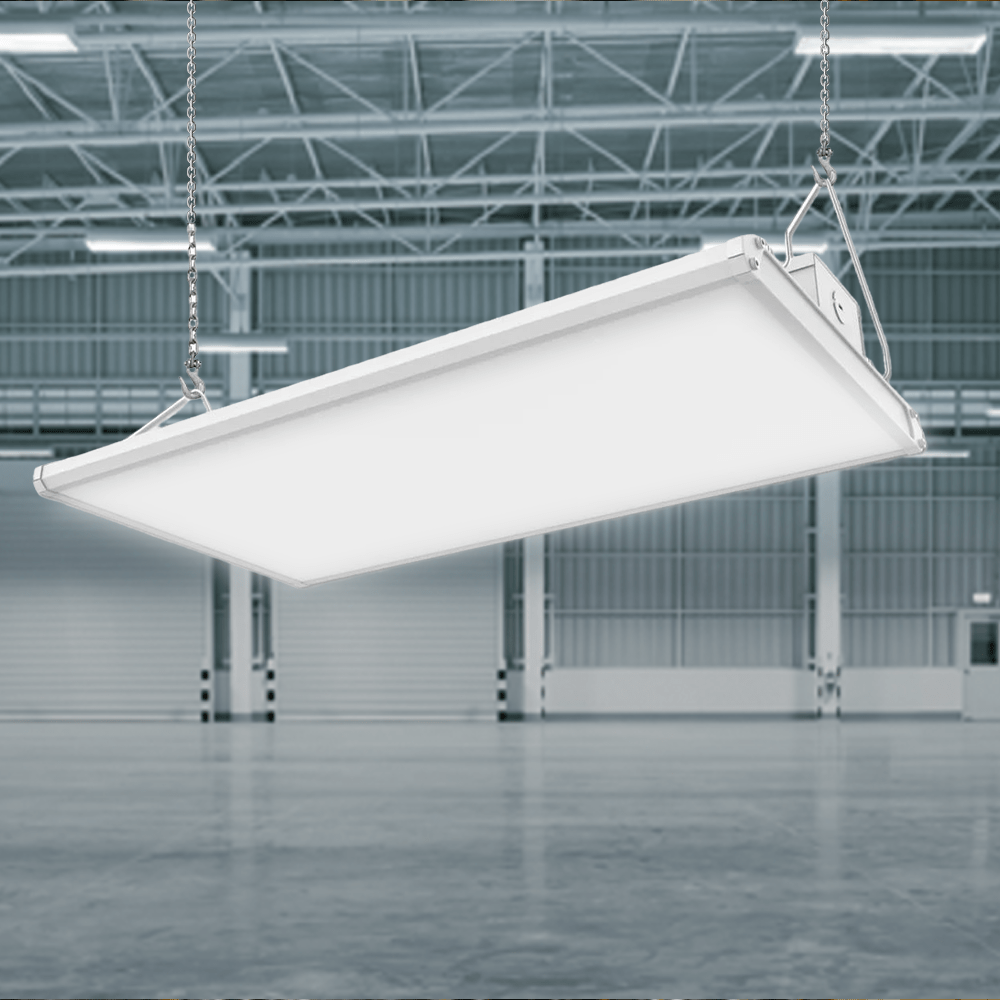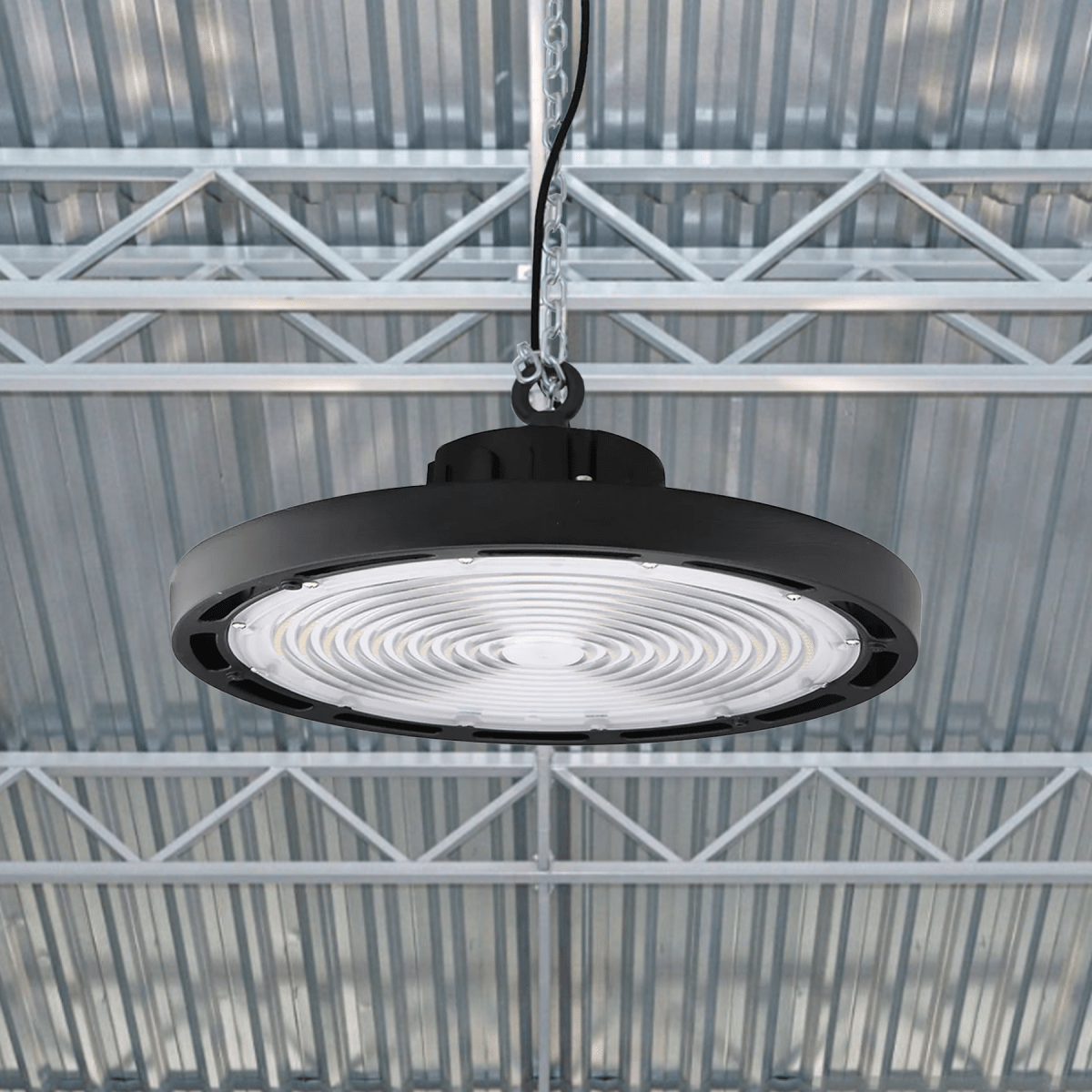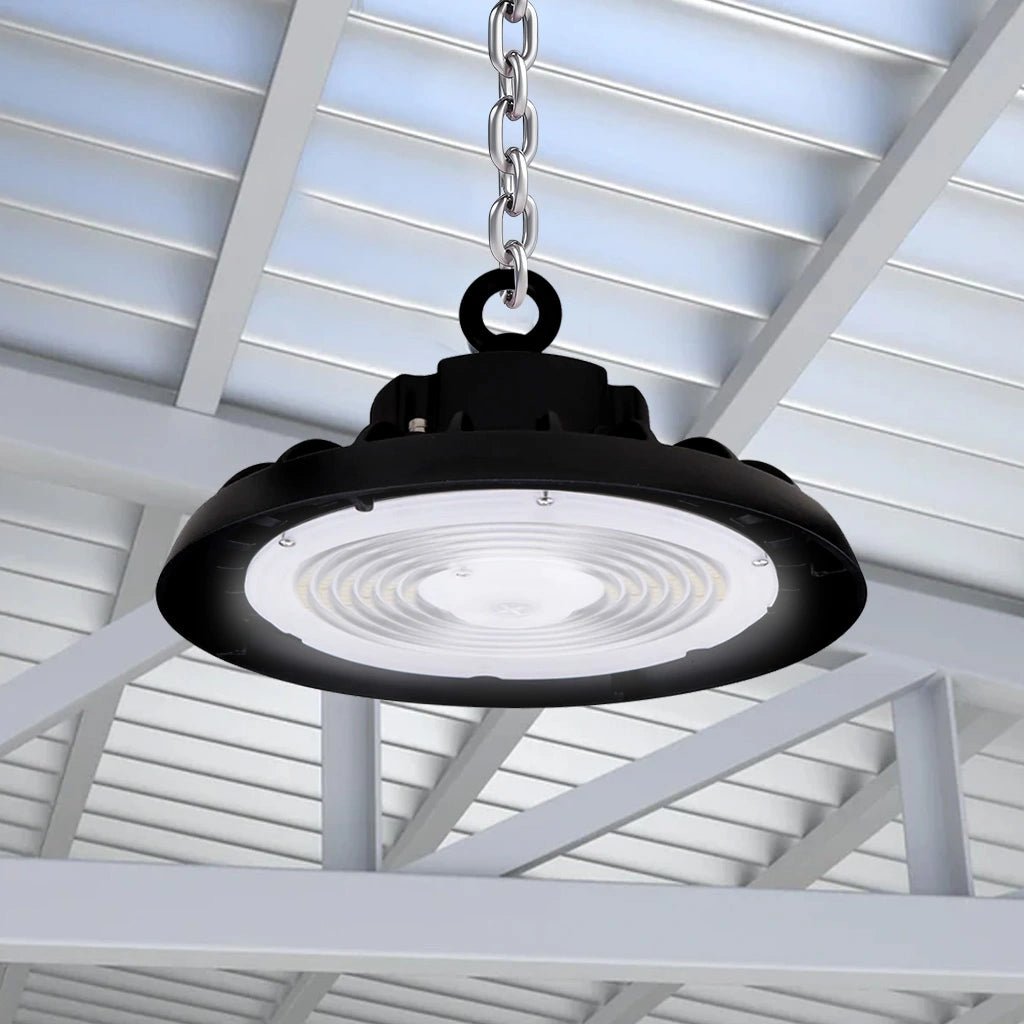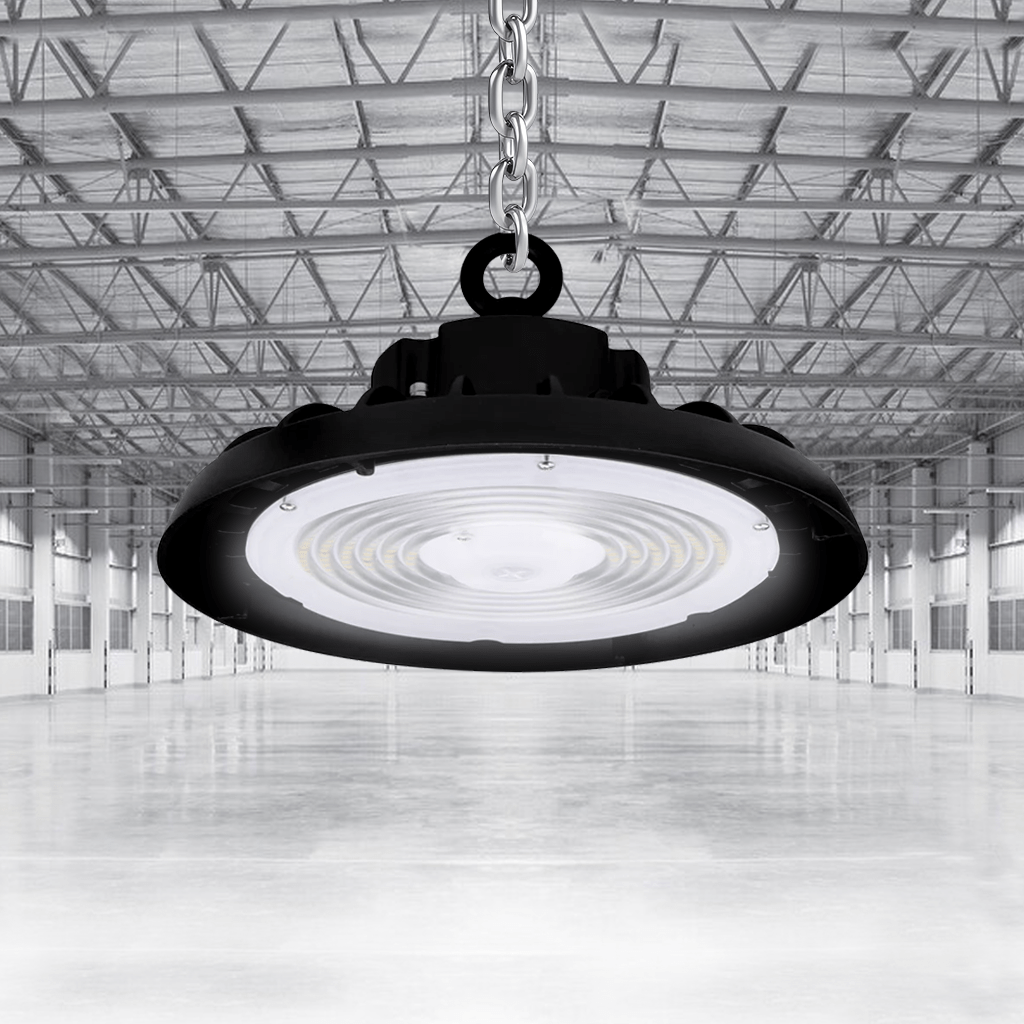Introduction to Aircraft Hangar Lighting
Aircraft hangars are critical environments where safety, efficiency, and functionality depend significantly on proper lighting. Whether it's for maintenance, inspections, or day-to-day operations, choosing the right lighting solution is paramount.
Key Considerations for Hangar Lighting
In the vast spaces of aircraft hangars, lighting needs to provide adequate illumination while considering factors like energy efficiency, maintenance costs, and durability. Various lighting technologies, such as HID, LED, and fluorescent, offer different benefits depending on these considerations.
Benefits of LED Lighting in Hangars
Among the options available, LED lighting stands out for its superior energy efficiency and long lifespan. LED lights not only reduce energy consumption but also require less frequent replacement, lowering maintenance costs and downtime in hangar operations.
Challenges with Traditional Lighting Solutions
Traditional HID and fluorescent lighting options, while cheaper initially, often come with higher maintenance costs due to shorter lifespans and higher energy consumption. They also pose environmental challenges, such as mercury disposal in the case of fluorescent bulbs.
Designing Lighting Layout for Hangars
Effective Aircraft Hangar Lighting design focuses on achieving uniform illumination across the space. Proper placement and spacing of lights ensure that all areas, including workstations and aircraft maintenance zones, receive adequate light for safe and efficient operations.

Regulatory Requirements for Hangar Lighting
Aviation authorities, like the FAA, set stringent guidelines for hangar lighting to ensure safety and compliance with aviation standards. These regulations dictate factors such as light intensity levels, glare reduction, and emergency lighting provisions.
Case Studies: Successful Hangar Lighting Installations
Several hangars have successfully transitioned to modern lighting solutions, reporting significant cost savings and operational improvements. LED installations, in particular, have demonstrated measurable benefits in terms of energy savings and enhanced visibility.
Future Trends in Hangar Lighting
Looking ahead, advancements in smart lighting technologies are poised to revolutionize hangar environments. Integration with IoT systems allows for remote monitoring, adaptive lighting controls, and predictive maintenance, further optimizing operational efficiency.
Conclusion
Choosing the best lighting for an aircraft hangar goes beyond mere brightness. It involves selecting a solution that balances energy efficiency, operational needs, and compliance with safety standards. LED lighting emerges as a frontrunner, offering superior performance and long-term cost savings while meeting regulatory requirements.
FAQs
Q. What are the advantages of LED lighting over traditional options for hangars?
A. LED lighting offers several advantages over traditional options like HID and fluorescent lights. LEDs are highly energy-efficient, consuming less electricity for the same brightness compared to other types. They also have a longer lifespan, reducing maintenance costs and downtime in hangar operations. Additionally, LEDs provide better light quality, including more uniform illumination and reduced glare, which is crucial for safety and productivity in aircraft maintenance environments.
Q. How do FAA regulations impact the choice of lighting for aircraft hangars?
A. The FAA (Federal Aviation Administration) sets specific guidelines for hangar lighting to ensure safety and compliance with aviation standards. These regulations cover aspects such as light intensity levels, color rendering, glare control, emergency lighting provisions, and the use of energy-efficient technologies. Compliance with FAA regulations is essential for maintaining operational certifications and ensuring a safe environment for aircraft maintenance and operations.
Q. What factors should I consider when designing a lighting layout for a new hangar?
A. When designing a lighting layout for a new hangar, several factors should be considered:
Uniform Illumination: Ensure consistent light levels across the entire hangar space.
- Energy Efficiency: Opt for lighting solutions that minimize energy consumption and operating costs, such as LED fixtures.
- Maintenance Requirements: Choose lights with long lifespans and minimal maintenance needs to reduce downtime.
- Safety and Compliance: Adhere to FAA regulations and local building codes regarding lighting intensity, emergency lighting, and glare reduction.
- Operational Needs: Tailor lighting design to specific tasks performed in the hangar, such as aircraft inspections, repairs, and storage.
Q. Can smart lighting systems benefit aircraft hangar operations?
A. Yes, smart lighting systems offer significant benefits to aircraft hangar operations. These systems integrate with IoT (Internet of Things) technologies to provide remote monitoring, automated controls, and data analytics capabilities. Smart lighting can adjust brightness levels based on occupancy or daylight availability, optimize energy usage, and enable predictive maintenance by monitoring fixture performance. These features enhance operational efficiency, reduce energy costs, and improve overall safety and productivity in aircraft maintenance environments.
Q. What are the long-term cost savings associated with LED hangar lighting?
A. LED hangar lighting provides substantial long-term cost savings compared to traditional lighting options. LEDs consume less electricity, resulting in lower utility bills over time. Their extended lifespan reduces replacement and maintenance costs, including labor expenses for accessing high-mounted fixtures in hangar ceilings. Additionally, LED lighting's durability and reliability contribute to reduced downtime and operational disruptions, further enhancing cost savings and overall operational efficiency.







